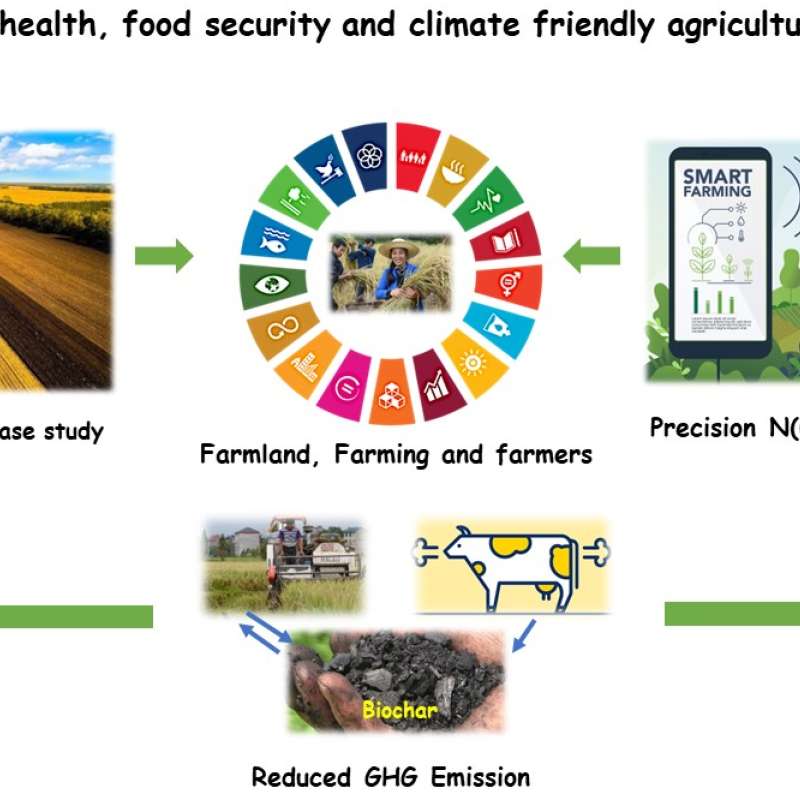Nicholas Clarke
Research Professor
Biography
PhD, Analytical Chemistry, Royal Institute of Technology, Stockholm, Sweden, 1994
Started at the Norwegian Forest Research Institute in 1996
Abstract
No abstract has been registered
Authors
Arne Verstraeten Andreas Schmitz Bernd Ahrends Nicholas Clarke Wim de Vries Karin Hansen Char Hilgers Carmen Iacoban Tamara Jakovljevic Per Erik Karlsson Till Kirchner Aldo Marchetto Henning Meesenburg Gunilla Pihl Karlsson Anne-Katrin Prescher Anne Thimonier Peter WaldnerAbstract
No abstract has been registered
Authors
Igor A. Yakovlev Thiago Inagaki Junbin Zhao Pierre-Adrien Rivier Hege Særvold Steen Inger Heldal Daniel Rasse Jihong Liu Clarke Nicholas ClarkeAbstract
No abstract has been registered

